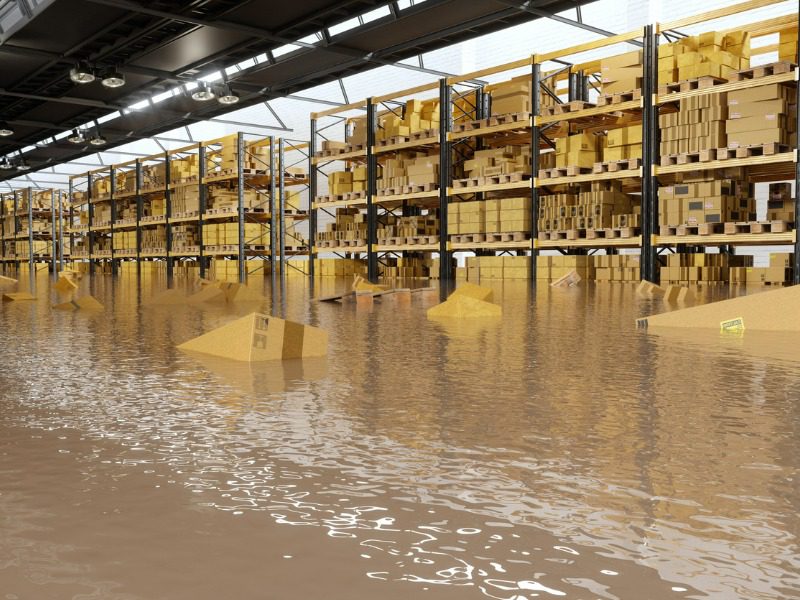Why insureds might need parametric coverage alongside conventional policies

When Hurricane Ida made landfall on Aug. 29, 2021, a handful of parametric insurance policies in Swiss Re Corporate Solutions’ portfolio were affected and potentially triggered.
By Sept. 1, all relevant data for determining if the hurricane’s winds met policy-defined requirements to result in a payout were in hand. By Sept. 3, claims conclusions were communicated to those with affected policies, and, if payouts were due, the forthcoming dollar amount. The next week, wire transfers were initiated and all claims were settled.
It’s a good illustration of the fast, transparent loss-assessment process that’s a key benefit of parametric insurance. While the circumstances that can trigger claims differ, the process is straightforward:
The event covered by the policy (hurricane, earthquake or other catastrophe) happens.
An insured tells the insurer they’ve experienced an event they think would pay out under the policy.
Within three-to-10 days, we collect specifics (wind speed, ground shaking, earthquake magnitude, hurricane category, etc.) from our data providers, and determine what the intensity was at the insured’s location(s), and if the intensities were sufficient to require a payout.
If the payout is confirmed, we notify the insured and begin the process of funds transfer.
The insured has a year to confirm they didn’t receive more funds from the parametric than their overall incurred losses (which can include, but may not be limited to, deductibles, revenue decrease and uninsured physical damage).
The rapid claims conclusion means insureds get money early. And that money can be critical to kick-starting and accelerating recovery efforts and preventing worsening conditions after an event.
Unlike traditional insurance claims, parametric policy proceeds aren’t explicitly tied to addressing physical damage experienced by an insured’s assets. The insured can use those funds for any financial disruption resulting from the underlying insured event.
Difficult-to-value or unique physical risks can be challenging to insure in the traditional space. And, it can be hard to completely quantify business interruption and contingent business interruption. Revenue streams to corporates and governments can be disrupted for reasons beyond just physical damage to owned assets.
For relief organizations, health care systems, and governments, natural disasters cause both physical and humanitarian scars. Quick liquidity is important to addressing the needs of an affected community and general population, and to ensure critical services aren’t interrupted.
A large portfolio of in-force parametric policies, and a multitude of eligible hurricane, earthquake and hail events in recent years, lets us point to experiences illustrating the broad options for using parametric funds.
The CCRIF (formerly the Caribbean Catastrophe Risk and Insurance Fund) is one of the longest-running parametric insurance pools, issuing numerous payouts to member countries since 2007. Eligible countries have used the money to fund first-responder efforts, evacuate citizens and financially harden key economic sectors.
Other clients have used proceeds to cover physical damage from hailstorms, for either uninsured or underinsured assets and deductible in-fills. And a utility company in the Philippines used them after Typhoon Rai to restore transmission and delivery lines, a notoriously difficult asset class to insure in the traditional market.
Clients who’ve purchased parametric coverages cite wide-ranging reasons, including food spoilage, cosmetic damage, paying for premium increases during any post-event market hardening, enhancing resilient infrastructure, paying employee salaries in the event of business closures, and more.
Parametric insurance provides coverage for both known exposures, and perhaps more importantly, potential unknown exposures that inevitably surface after an event.
Megan Linkin is a senior parametric NatCat underwriter with Swiss Re Corporate Solutions. This article is excerpted from one that appeared in the May issue of Canadian Underwriter. Feature image by iStock.com/onurdongel



